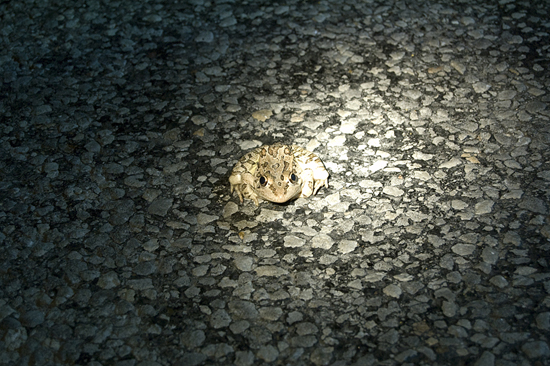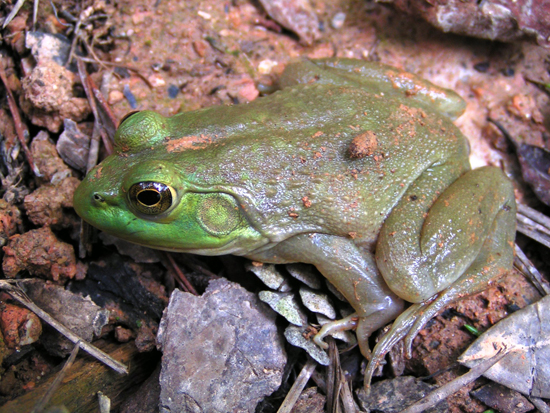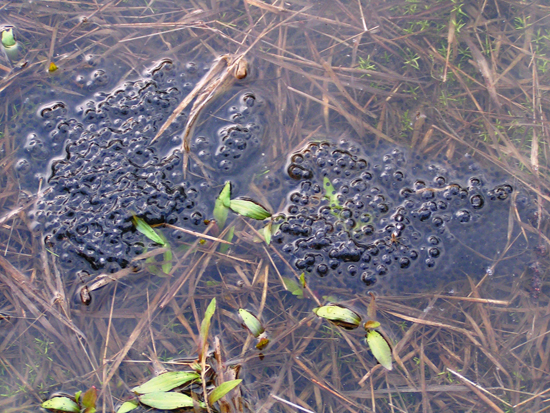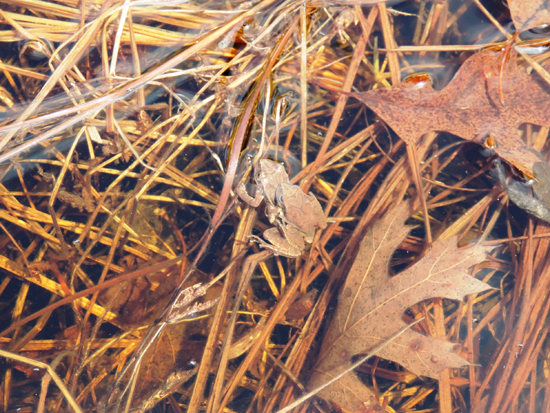Guest Post by Keith Gisser
I know what you are thinking.
Why is a reptile rescue guy writing about frogs? They aren’t reptiles. And captive frogs don’t need to be rescued. Gators, boas, pythons, maybe even big monitor lizards and iguanas, sure. But frogs?
Herps Alive! The Interactive Reptile and Amphibian Experience, is a traveling educational herpetology program and display. We have presented in 36 states (primarily at college campuses, but also at libraries, festivals elementary and high schools). Now in my fifties, I did my first paid program at age 17, and now my daughter a degreed Interpretative Naturalist, and my son, a marketing whiz, often travel and help me. We offer display programs and interactive lectures as well as classroom sessions, and have presented an estimated 3,000 programs since we started (we have worked some “real” jobs here and there).
As your reputation builds, you start getting calls to adopt animals. Usually they are pets that people can’t keep. Sometimes they are police seizures or animals from other unfortunate situations. We have always accepted these animals in an effort to keep a good relationship with the museums, nature centers and law enforcement officials who contact us.
But in the last year or so, the rescue mission has taken on a life of its own. We have been asked to take in dozens of animals. And for the first time, we began rehoming a few. As a result we are spinning off our rescue mission and working on moving it to a separate location, as we turn it into a charitable foundation.
But what about the frogs?
I have been fascinated with frogs my entire life. My career as a herpetologist probably began at age nine when I caught a toad. I brought him home in a rinsed out pickle jar. (That was 45 years ago when such behavior was acceptable. At the time they were also in the genus Bufo, not Anaxyrus) I have bred several species of frog in captivity and always include a discussion of metamorphosis in my educational programs.
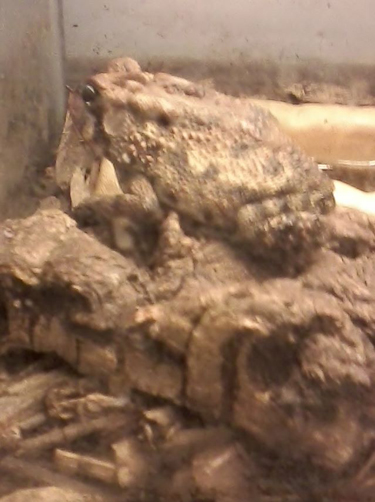
Right now we have three frogs among our 150 animals. Our Southern Toad (Anaxyrusterrestris) was living in a Carolina classroom after a student had brought him. He had been in captivity for too long to be released, so when we came in to do a program, the teacher asked if we could take him. Known just as The Toad, he eats crickets and small worms, as well as waxworms.
Beatrice is an African Clawed Frog (Xenopuslaevis) who was raised from a small size by my son’s ex-girlfriend. When she moved into a new home, she asked us to take her on. Beatrice was raised in a 10 gallon aquarium. When we tried to move her to a larger one, she went off feed and seemed generally unhappy. So back into the ten she went even though it really is too small for her. She loves her goldfish and nightcrawlers and eats anywhere from 10-30 a week. Unfortunately, her relatives have been taking a bad rap lately as they have been identified as the culprits that carried of the dreaded chytrid fungus. It’s not really their fault. In everywhere except their African home, they were used as lab animals. They were used as part of a pregnancy test. The problem is not with them carrying the fungus, but rather with the irresponsible people who have released them outside their normal environment.
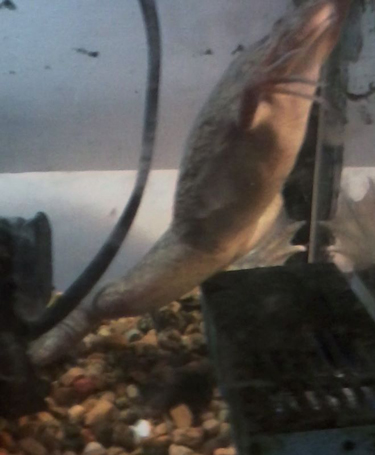
Finally, there is Poncherello Pegone Pixiefrog, our African Bullfrog (Pyxicephalusadsperus). “Ponch” is named for the mayor on the cartoon My Gym Partner’s a Monkey., who is also a Pixie, or African Bullfrog. We adopted him from a breeder because he appears to be blind in one eye and the breeder did not want him. Ponch eats thawed mice off tongs, usually one or two a week. He is also a regular in our programs, having traveled to 14 states since we got him two years ago. While our other frogs are kept in our entrance hallway (Our facility is not air conditioned), Ponch loves the heat and his aquarium is kept in our snake and lizard room, where the high ambient temperature helps him with digestion.
We hope to see you some time in the future…
About Keith Gisser:
Keith caught a toad (Anaxyrus ssp) when he was nine and his herpetology career began. He has presented Herps Alive! an award-winning, nationally recognized interactive reptile and amphibian program based in Ohio, at over 170 college campuses and hundreds of other venues in 39 states.
Gisser, who has been a herpetology educator for over thirty years and currently maintains about 140 reptiles, amphibians and crocodilians, nearly all of which are adoptions or rescues, about half of which are used in his programs. The rescue and adoption mission has taken more and more of his time and efforts in recent years and will soon be “spun off” as the Herps Alive! Foundation, which is in the process of seeking non-profit status and accreditation as a rescue.
 Guest post by
Guest post by












